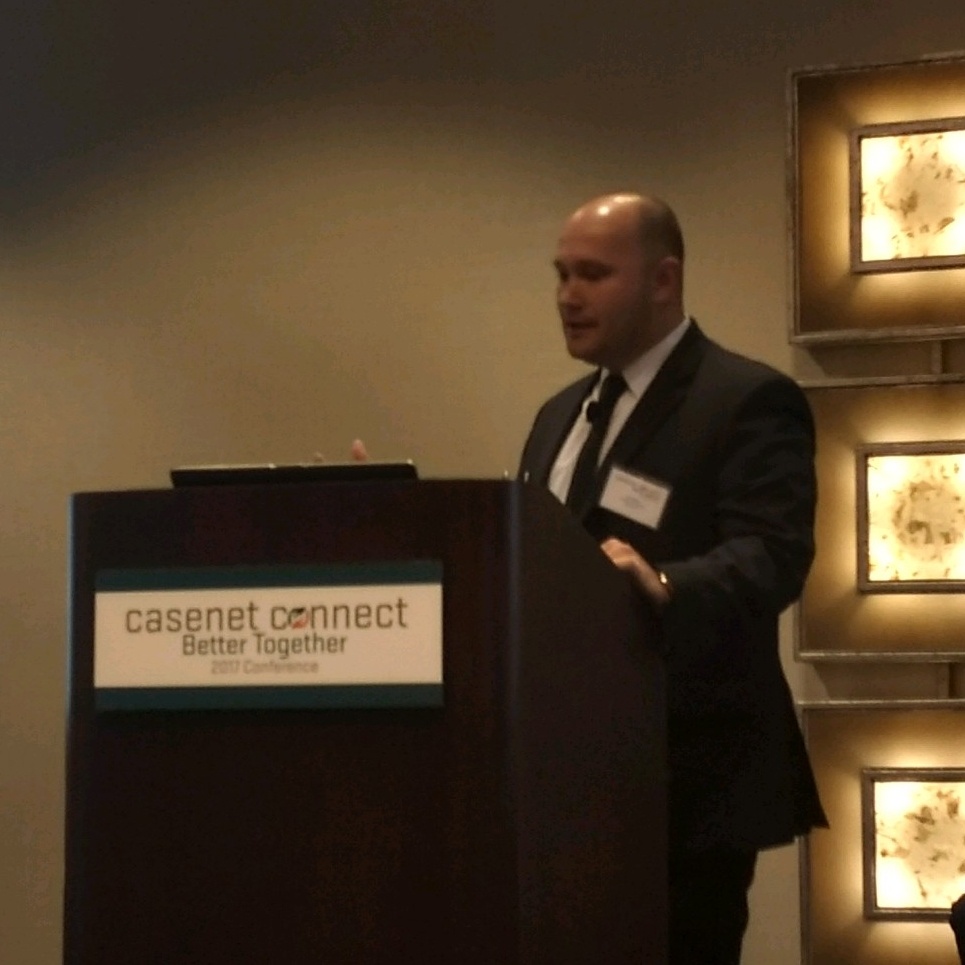IT leaders have been searching for ways to share health data ever since President George W. Bush led the charge for nationally integrated technology 14 years ago. [1] At odds with the task, from an IT perspective, was the sheer volume of information available to be exchanged. Lab results, X-rays, vital signs—the sea of data collected by health systems paralyzed interoperability efforts and stranded providers with fax machines as a primary means to share patient data. [2]
Very recently, however, we have begun to see progress. From my perspective, the change came when organizations narrowed their vision and focused in on identifying the essential data needed for real-time care. This allowed integration teams to focus on just the data required to accomplish a specific goal. The major communication technology platforms, for example, began sending critical lab results directly to the smartphones of ordering physicians. [3] And, the pharmacy industry moved closer to its e-prescribing goals with advances such as Surescripts’ Master Person Index, [4] which could be used for patient identification. The key area of focus for Health Plans and Care Managers…
Where is my member?
The answer to that deceptively simple question represents a significant breakthrough for care management. It marked the first step toward true interoperability.
In care management, our health plans were telling us they needed help reacting to member hospitalizations as they occur. All too often, they weren’t alerted to a hospitalization or a transfer of care until a claim was processed weeks later—much too late to assist a member with discharge planning, ensure adherence to after-care and ultimately mitigate readmissions.
The data to address this need is embedded in the Admit, Discharge and Transfer (ADT) notifications generated by the EHR in the industry-standard HL7 format. Each ADT notification includes critical information such as admitting physician, reason for admission, transfer location—everything a care manager utilizes to facilitate a smooth transition of care.
In its native format, however, it’s not readily understandable to a human care manager. Our integration team developed a product that consumes the HL7 data from the EHR or HIE, translates it into patient / member documentation that can be easily read and acted upon, and incorporates it into the care management platform. In real time, as the provider or health system generates ADT data, it immediately flows into the care management platform, appearing as notes, tasks, authorizations and discharge documentation that can be configured according to the health plan’s specifications.
Let's illustrate the benefit of interoperability at this point of care: A frail elderly patient classified as mild COPD arrives in the ED with a respiratory exacerbation. She is treated and discharged home with orders to follow-up with her PCP. There is no communication to the health plan as an authorization was not required. Her severity of illness may be advancing; she may or may not fill medications or understand medication changes; or she may even have experienced the exacerbation due to environmental changes. These scenarios are all potential opportunities to intervene, provide support to the patient and care team, and prevent re-visits to the ED or inpatient admission. With the injection of ADT integration to provide meaningful real-time notifications to the health plan, the patient and the entire care team experience quality care delivery and averted costs.
Interoperability will be a cornerstone as health plans target care coordination and efficiency measures to improve patient outcomes. After swirling around the topic of interoperability for more than a decade, we can finally report that it’s happening, one question at a time.
This blog post is the first in a multi-part series. Next up: Making the Connections.

